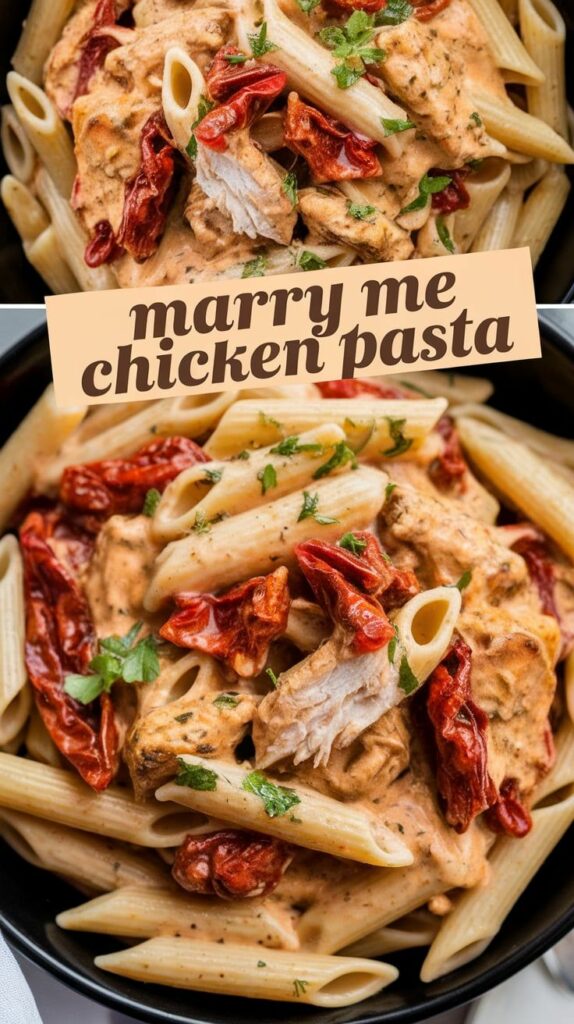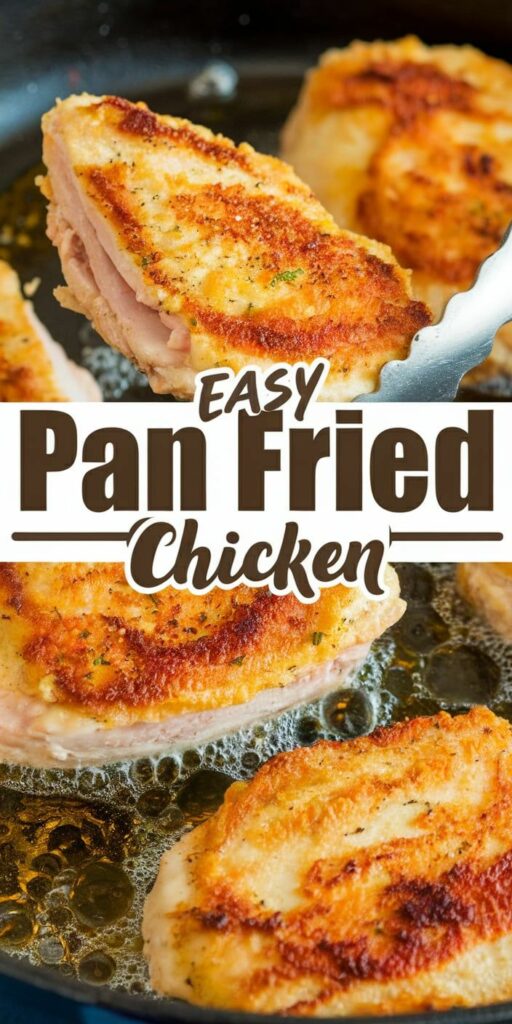I love creating authentic Chinese noodle dishes right in my own kitchen, and this chow mein recipe is a game-changer for home cooks. My version brings restaurant-quality flavor to your dining table with simple techniques and fresh ingredients.
Preparing homemade chow mein isn’t as complicated as you might think. I’ll walk you through a straightforward method that transforms basic Chinese noodles into a mouth-watering meal everyone will enjoy. The secret is in selecting the right ingredients and mastering a few key cooking techniques.
This chow mein recipe captures the essence of traditional Chinese cuisine while being adaptable to your personal taste preferences. Whether you’re a seasoned cook or a beginner in the kitchen, you’ll find this recipe approachable and delicious.
Get ready to impress your family and friends with a restaurant-quality dish that’s made entirely from scratch. I’m excited to share every detail of creating the perfect chow mein that will transport your taste buds straight to the streets of China.
What Makes Traditional Chow Mein Special
Traditional chow mein represents a culinary journey through the heart of Chinese cuisine. This beloved dish tells a story of regional creativity, cultural depth, and remarkable cooking techniques that have been perfected over generations.
The roots of chow mein stretch back centuries, embodying the rich culinary traditions of Chinese cooking. Originating in Northern China, this versatile noodle dish quickly spread across different regions, each adding its unique twist to the recipe.
Origins in Chinese Culinary Heritage
Chinese cuisine developed chow mein as a practical yet delicious way to combine noodles with fresh ingredients. The term “chow mein” literally translates to “stir-fried noodles,” reflecting the fundamental cooking method that defines this dish.
Regional Chow Mein Variations
- Cantonese-style: Softer noodles with abundant vegetables
- Sichuan region: Spicier version with bold seasonings
- Northern China: Crispier noodle base with hearty proteins
Crispy vs. Soft Noodle Styles
Regional chow mein variations showcase two primary noodle styles that dramatically change the dish’s texture and flavor profile:
- Crispy Chow Mein: Pan-fried until golden and crunchy
- Soft Chow Mein: Gently stir-fried, maintaining a tender texture
Each style offers a unique eating experience, demonstrating the incredible versatility of this classic Chinese cuisine staple.
Essential Ingredients for the Perfect Chow Mein Recipe
Creating an authentic chow mein requires carefully selected chow mein ingredients that bring out the rich flavors of this classic Chinese noodle dish. I’ll walk you through the essential components that make chow mein a culinary delight.
Noodle Foundations
The heart of any chow mein recipe lies in its noodles. For authentic Chinese noodle ingredients, I recommend using these options:
- Egg noodles (fresh or dried)
- Wheat-based noodles
- Lo mein noodles
- Fresh Hong Kong-style pan-fried noodles
Protein Selections
Protein adds depth and nutrition to your chow mein. Here are my top protein choices:
| Protein Type | Preparation Recommendation |
|---|---|
| Chicken | Thinly sliced, marinated |
| Beef | Flank steak, cut against the grain |
| Shrimp | Peeled and deveined |
| Tofu | Firm, cubed and pressed |
Vegetable Medley
A vibrant mix of vegetables transforms chow mein into a complete meal. My favorite vegetable combinations include:
- Cabbage (Napa or green)
- Carrots
- Bean sprouts
- Green onions
- Mushrooms
Sauce and Seasoning Essentials
The magic of chow mein lies in its sauce. Key Chinese noodle ingredients for seasoning include soy sauce, oyster sauce, sesame oil, and rice vinegar. These create the signature umami flavor that makes chow mein irresistible.
Pro tip: Always have these ingredients prepped and ready before you start cooking. Chow mein comes together quickly, so mise en place is crucial for a perfect dish!
Kitchen Tools and Equipment You’ll Need
Preparing authentic chow mein requires the right kitchen equipment for Chinese cooking. I’ll guide you through selecting the essential chow mein cooking tools that will transform your home kitchen into a professional-grade cooking space.
Choosing the Right Cooking Surface
When it comes to wok for chow mein, you have two primary options: a traditional wok or a standard pan. Each brings unique characteristics to your cooking experience.
| Cooking Surface | Pros | Cons |
|---|---|---|
| Traditional Wok | High heat distribution, authentic flavor | Requires special care, can be expensive |
| Regular Pan | Affordable, easy to clean | Less even heat, limited authenticity |
Essential Utensils for Perfect Chow Mein
To master your chow mein technique, you’ll need specific kitchen tools:
- Long-handled metal spatula
- Cooking tongs
- Strainer or spider skimmer
- Cutting board
- Sharp chef’s knife
Heat Source Selection
The type of stovetop impacts your chow mein cooking process. Gas ranges offer the most authentic high-heat experience, while electric and induction cooktops require careful temperature management.
By investing in the right kitchen equipment for Chinese cooking, you’ll be well-prepared to create restaurant-quality chow mein right in your own kitchen.
Preparing Your Vegetables and Proteins
Chow mein vegetable prep is a crucial step in creating an authentic and delicious dish. I’ll walk you through the best techniques for selecting and preparing ingredients that will elevate your meal.
When it comes to protein for chow mein, you have multiple exciting options. Each protein brings unique flavors and textures to the dish:
- Chicken: Slice against the grain into thin, uniform strips
- Beef: Choose tender cuts like sirloin and cut into bite-sized pieces
- Shrimp: Peel and devein, keeping pieces medium-sized
- Tofu: Drain, press, and cube for a vegetarian alternative
For vegetable preparation, focus on uniform cutting to ensure even cooking. I recommend chopping vegetables into similar-sized pieces:
- Cabbage: Slice into thin strips
- Carrots: Julienne or cut into thin diagonal slices
- Bean sprouts: Rinse thoroughly and use fresh
- Onions: Slice into thin half-moons
Marinating your protein can dramatically enhance flavor. Create a simple marinade using soy sauce, garlic, and a touch of sesame oil. Let proteins sit for 15-30 minutes before cooking to maximize taste absorption.
Pro tip: Prepare all ingredients before heating your wok. This mise en place approach ensures smooth cooking and prevents burning or overcooking.
Mastering the Chow Mein Sauce From Scratch
Creating an authentic homemade chow mein sauce is easier than you might think. The secret to a delicious Chinese stir-fry sauce lies in balancing flavors and using high-quality ingredients. I’ll walk you through crafting a sauce that will elevate your chow mein from ordinary to extraordinary.
The foundation of a great Chinese stir-fry sauce starts with a few key components that work together to create depth and complexity. Let me break down the essential ingredients you’ll need:
Base Sauce Components
- Soy sauce (light or dark): Provides the primary savory base
- Oyster sauce: Adds rich umami flavor
- Sesame oil: Brings nutty undertones
- Rice vinegar: Introduces a subtle tangy note
- Shaoxing wine (optional): Adds depth to the homemade chow mein sauce
Seasoning Balance Tips
Crafting the perfect Chinese stir-fry sauce is an art of proportion. Start with these basic ratios, but don’t be afraid to adjust to your taste:
- Begin with 2 parts soy sauce
- Add 1 part oyster sauce
- Use a few drops of sesame oil
- Splash in a small amount of rice vinegar
- Optional: A touch of sugar or honey for balance
Storage and Shelf Life
You can prepare your homemade chow mein sauce in advance, which is perfect for busy home cooks. Store the sauce in an airtight container in the refrigerator for up to one week. Pro tip: Give the sauce a quick stir before using, as the ingredients may separate during storage.
By mastering this simple sauce, you’ll transform your home-cooked chow mein into a restaurant-quality dish that will impress family and friends. The key is experimenting and finding the perfect balance that suits your palate.
Step-by-Step Chow Mein Recipe Instructions
Learning how to make chow mein at home can be an exciting culinary adventure. I’ll walk you through the chow mein cooking instructions that will help you create a delicious restaurant-quality dish right in your kitchen.
Before you begin, gather all your ingredients and prepare your cooking station. Chow mein requires quick cooking and precise timing, so mise en place is crucial.
- Prepare the noodles by boiling them until just al dente
- Drain and rinse noodles with cold water to stop cooking
- Chop all vegetables and proteins into uniform sizes
- Heat your wok or large skillet to high temperature
- Add oil and quickly stir-fry proteins first
- Remove proteins and set aside
- Stir-fry vegetables for 2-3 minutes
- Return proteins to the wok
- Add noodles and sauce
- Toss everything together quickly
The key to perfect chow mein is maintaining high heat and constant movement. Keep your ingredients moving in the wok to prevent burning and ensure even cooking.
| Cooking Stage | Time | Temperature |
|---|---|---|
| Protein Cooking | 3-4 minutes | High heat |
| Vegetable Stir-frying | 2-3 minutes | High heat |
| Final Noodle Tossing | 1-2 minutes | High heat |
Remember that practice makes perfect when mastering how to make chow mein. Don’t get discouraged if your first attempt isn’t restaurant-quality – each time you cook, you’ll improve your technique.
Common Mistakes to Avoid When Making Chow Mein
Creating the perfect chow mein requires skill and attention to detail. Many home cooks encounter challenges that can turn their delicious dish into a culinary disappointment. I’ll share some critical chow mein cooking tips to help you avoid common mistakes and ensure a restaurant-quality meal.
When preparing chow mein, several key areas demand careful consideration. Understanding potential pitfalls can dramatically improve your cooking results and help you avoid chow mein mistakes that many beginners encounter.
Noodle Preparation Challenges
Noodle preparation can make or break your chow mein experience. I recommend following these crucial steps:
- Always slightly undercook noodles before stir-frying
- Rinse noodles in cold water to stop cooking process
- Drain thoroughly to prevent excess moisture
Temperature Control Techniques
Maintaining the right heat is critical for perfect chow mein. A consistent high temperature ensures proper cooking and prevents soggy noodles.
| Cooking Stage | Recommended Temperature | Cooking Time |
|---|---|---|
| Noodle Preparation | Medium-High | 2-3 minutes |
| Vegetable Stir-Frying | High | 1-2 minutes |
| Final Mixing | Medium-High | 1 minute |
Ingredient Sequencing Strategies
The order of adding ingredients significantly impacts your chow mein’s flavor and texture. Follow this recommended sequence:
- Cook proteins first
- Remove proteins from wok
- Stir-fry harder vegetables
- Add softer vegetables
- Return proteins to wok
- Mix in prepared noodles
By implementing these chow mein cooking tips, you’ll dramatically reduce the likelihood of common cooking errors and create a delicious, authentic dish every time.
Serving Suggestions and Complementary Dishes
When serving homemade chow mein, I recommend creating a vibrant dining experience that goes beyond the noodle dish itself. My favorite chow mein serving ideas include garnishing with fresh green onions, toasted sesame seeds, and a sprinkle of red pepper flakes for added zest. These simple touches can elevate the visual appeal and flavor profile of your meal.
Chinese meal planning becomes enjoyable when you pair chow mein with complementary dishes. I suggest serving it alongside steamed white rice, egg drop soup, or spring rolls to create a balanced and satisfying spread. A light cucumber salad with rice vinegar dressing can provide a refreshing contrast to the rich noodle dish, making your dining experience more dynamic and interesting.
Leftovers can be stored in an airtight container in the refrigerator for up to three days. When reheating, I recommend using a skillet on medium heat to restore the noodles’ texture and prevent them from becoming soggy. A quick splash of soy sauce can help revive the flavors and ensure your chow mein tastes just as delicious as when it was first prepared.
For a complete Chinese-inspired meal, consider adding protein-rich side dishes like kung pao chicken or mapo tofu. These additions will transform your chow mein from a simple noodle dish into a memorable culinary experience that celebrates the rich flavors of Chinese cuisine.



